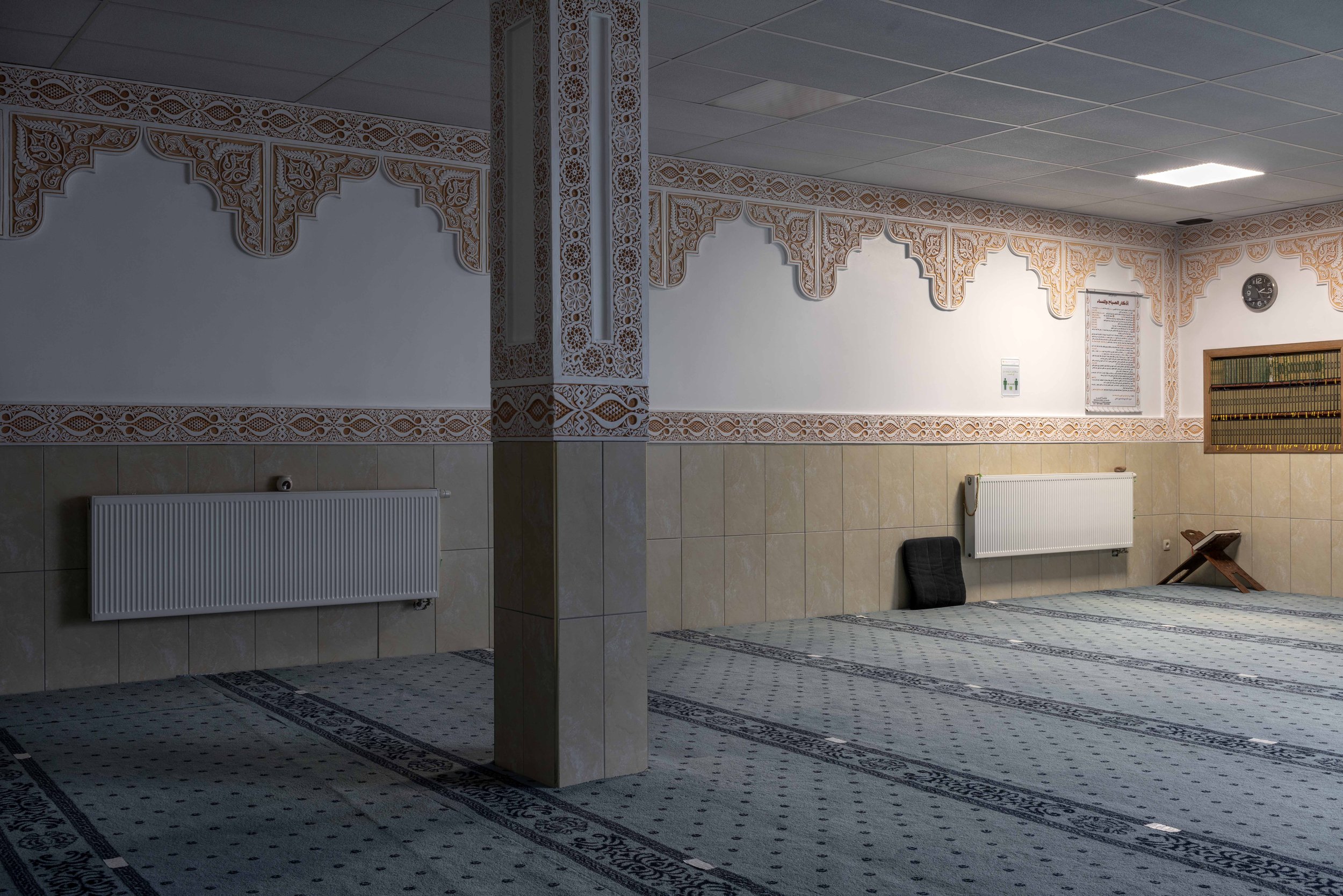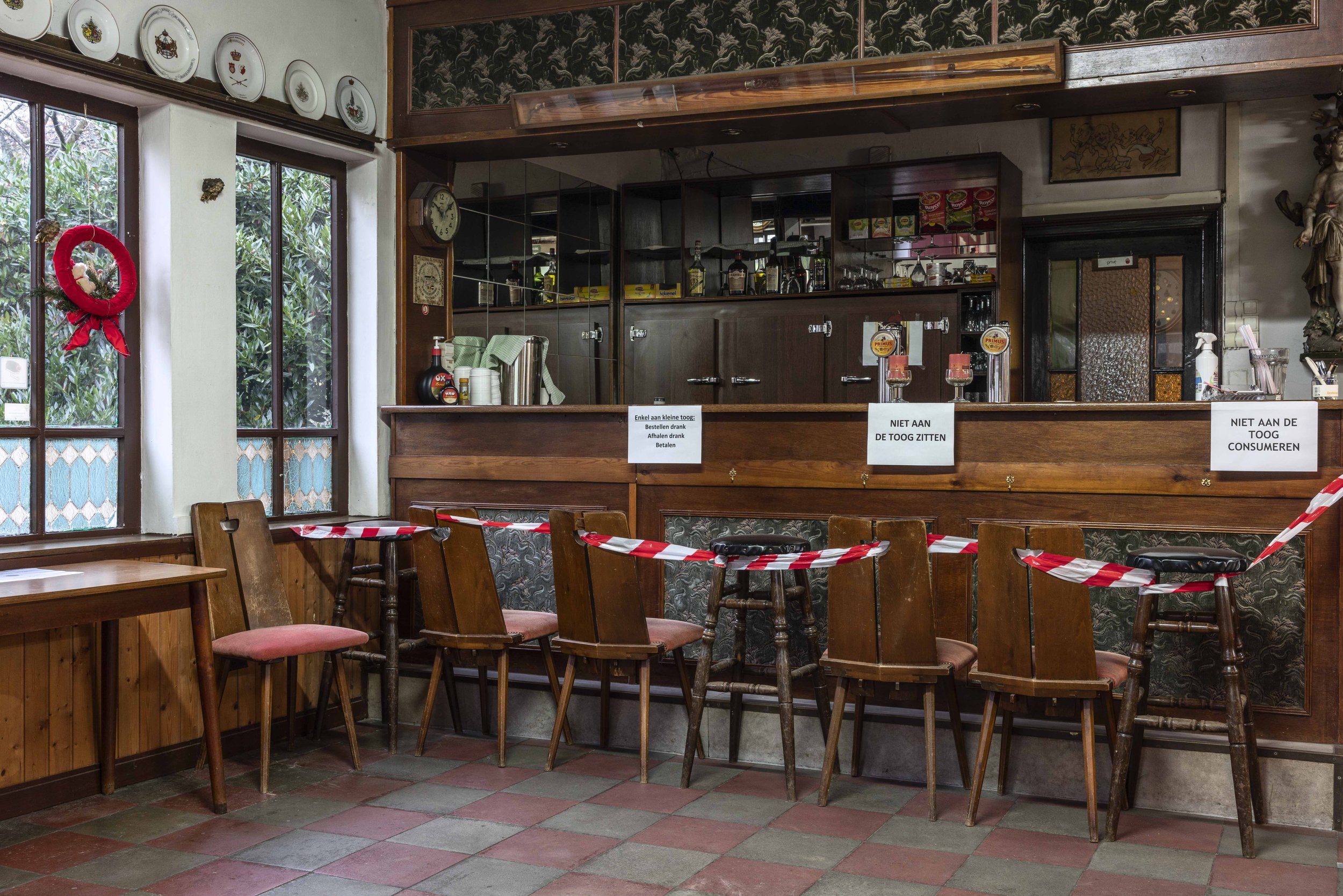























Far Nearer
Now that life gently seems to be finding its old rhythm again, our reclaimed rejoice would almost make us forget what it was like. What it was like to be compelled to return to the basics. To retreat to our first place: the home base where we naturally fulfill our primary role.
But the romance of a collective recluse existence quickly started showing cracks.
Sooner than we had hoped, the desire for social interaction shimmered through, as the paths to second places like school and work were inevitably diverted to that very first place.
When all the facets of one individual, all the dimensions of one existence, unintentionally converge in one space, then the importance of third places becomes all the more pressing.
What sociologist Ray Oldenburg defines as third places, or great good places, are the informal gathering places where the magic of social cohesion sparks. They are the remedy to the solitude that we so courageously acknowledge these days, perhaps more than ever before. They make up the blank lines in the poetry of human interconnection.
In times when the desire to belong was strong, but distance was the norm, Jef Van den Bossche documented various gathering places in and around his hometown of Antwerp: cafes, house of prayer, (sports) clubs, parks and other places that help determine communal vitality.